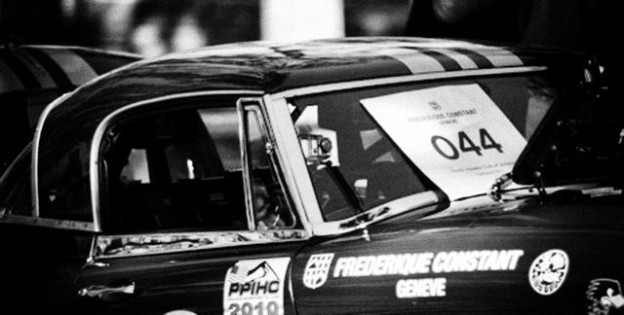
From that time, the New World only wanted to look to the future, and weekend leisure became the legitimate reward for a wellspent working week. Motorised sports, on water as well as land, experienced unprecedented growth. Assisted by Christopher Smith, a man named garfield Wood, a billionaire inventor, installed light, powerful aircraft engines in wooden boat hulls that were long and almost flat. The resulting rusticlooking craft skimmed across the surface of the water at an almost unimpeded pace, which was soon to surpass the recordbreaking speed of more than sixty miles per hour! Chris Smith was not a man to let an ingenious idea pass him idly by. While driving a fast boat can be insanely exciting, it can also be useful, as long as it is comfortable and wellequipped. There was no shortage of navigable lakes and rivers in his country, and what's more, many of those who had achieved success also opted to live near water and already owned at least one car. And so in about 1920, the modern motorboat was born that could be driven as easily as a car. It would be called the “runabout”, and used simply for making a splash, cutting a dash, for visiting friends, camping, fishing, or, as the grandparents would have it, “running about and getting things done!”. The 1920s and 1930s saw the new man in flying form, liberated and mobile. Not for him the old pocket watch. He wore time on his wrist, like an aviator, the real hero of the day. Distant voyages beckoned, for the planet had not yet delivered up all its secrets and seemed to be without limits. Runabouts were becoming more sophisticated and powerful, adopting the lines that were in vogue at the time. They were modeled based on concepts from the great creations of Art Deco or they borrowed the streamlined silhouettes of futuristic design. Speed, that barometer of freedom, was evoked in new forms that sought to give a meaningful dimension to the most everyday functions. In a runabout, settled into deep leather seats and protected by the windshield, the passage of time was recorded by dashboard clocks framed in round, square or rectangular chrome. But these times also belonged to writers and artists who travelled the world. Far from being merely only an amphibious New yorkstyle limousine for the likes of Scott Fitzgerald's great gatsby, the runabout was also a faithful companion when conducting globetrotters to the seaplane awaiting them in the bay of Hong Kong or Rio. The same varnished mahogany glinting in the moonlight could bring you alongside the impressive yacht resting serenely at anchor, to which you were an invited guest. Remember the time Paul Morand, that quintessential man of the world, was following a detour through the Singapore yacht Club; a few minutes later, he was drinking a cocktail in the company of Somerset Maugham at the bar of the Raffles Hotel. Meanwhile in Cannes, JacquesHenri Lartigue, while aboard a runabout, captured perfectly in black and white a moment of pure felicity when he set his lens on a hull gliding past the Carlton. For in Europe, the motorboat, a mark of elegance that was frequently an American import or clone, created by ChrisCraft, gar Wood, Boesch or Corsier Port, remained the preserve of a wealthy elite on the lakes of zurich, Como or geneva.
No Fields Found.

